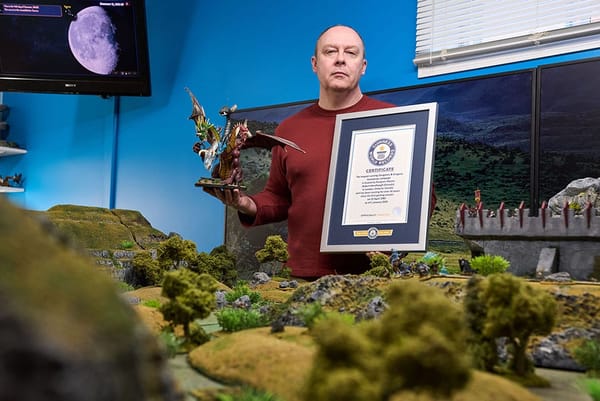The 1910 monorail that used gyroscopes to stay upright
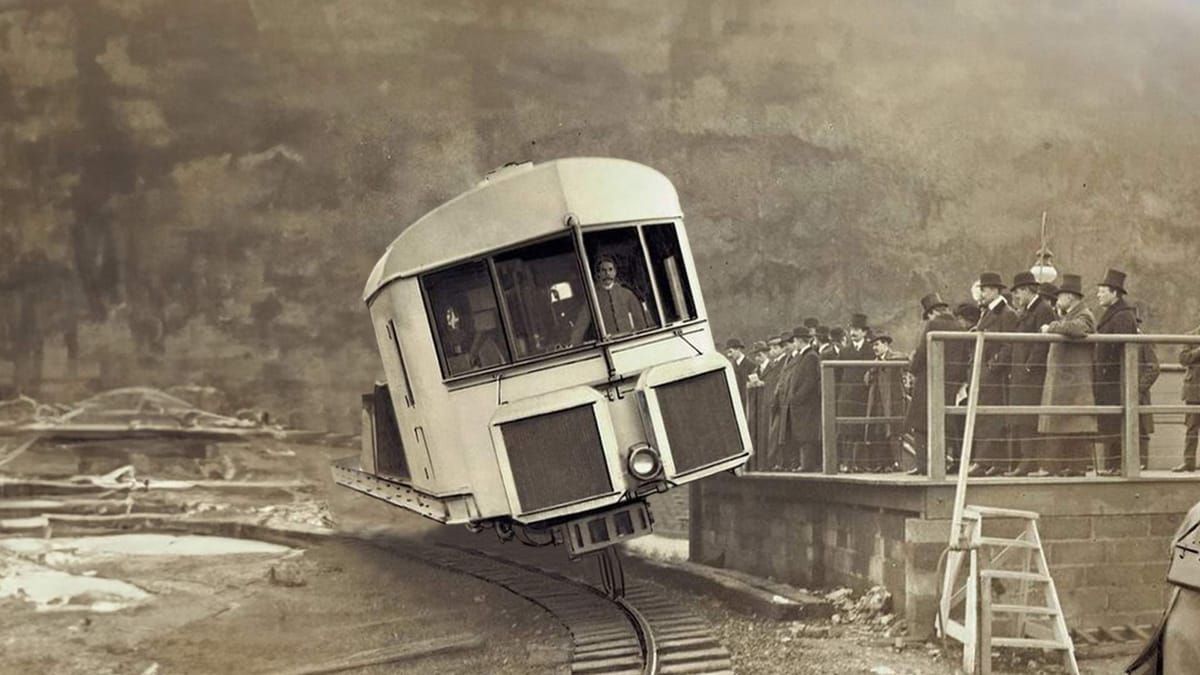
From Hackaday: "The Brennan Monorail was a train from the early 1900’s that seemed to defy the laws of physics. Not only did it keep itself perfectly balanced on a single rail, but it mysteriously leaned into corners without any driver input. This was a real invention – and it was unveiled to the public in 1910 by its inventor Louis Brennan. The idea was that using a single rail instead of two would make trains faster and railways cheaper to build. His train could take corners at greater speeds without being thrown off the tracks and railways would only need half the material. Unlike the monorails we’re familiar with today, which wrap themselves around tracks built high in the air, Brennan’s monorail could run on existing tracks. Although it looked a bit sketchy, it was very stable. At the heart of the train was a gyroscope that would correct the train’s tilt before the passengers noticed. This was a mind-blowing piece of engineering, especially for 1910."
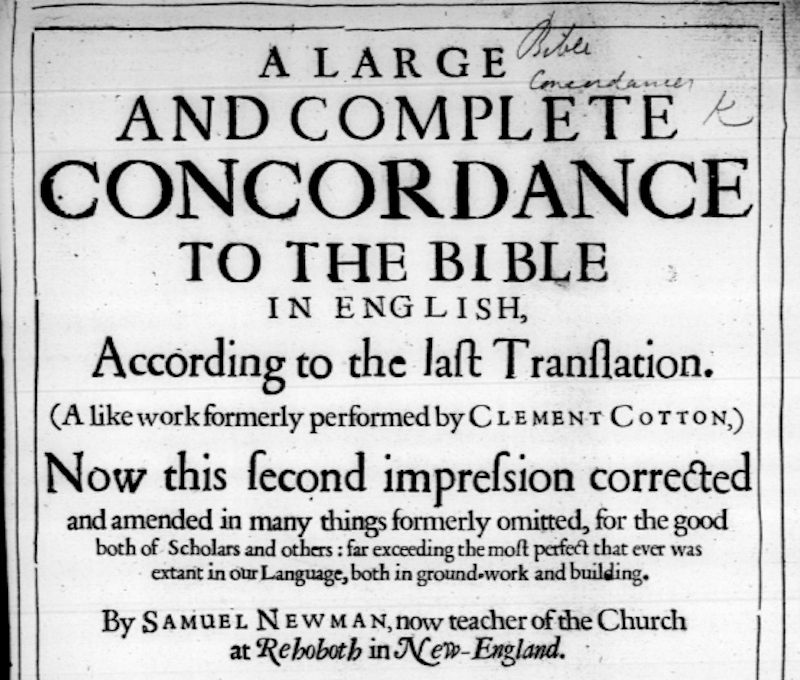
From Paul Kedrosky: "Something strange has happened to the word "delve" in the last two years. Its usage has exploded in everything from Amazon reviews, to undergraduate essays, to academic papers. There were, for example, more papers with the word “delve” in them in 2022 and 2023 together than in the prior 500 years combined. Everyone is on the delve train. It all has to do with a weird quirk of large language models (LLMs), understanding which requires a trip back through the Lord of the Rings, early American settlements, a 17th-century pastor, and Milton. Delving into something is a grandiloquent cliché and a quest for implied certainty. But it is also a cultural signifier, one with a thousand years of history at the intersection of religion, politics, science, risk, and literature, and one that is now being reflected back to us. Models are channeling all that history, in which is embedded our uneasy relationship with technology."
One of the most popular jazz recordings of all time was performed on a broken piano
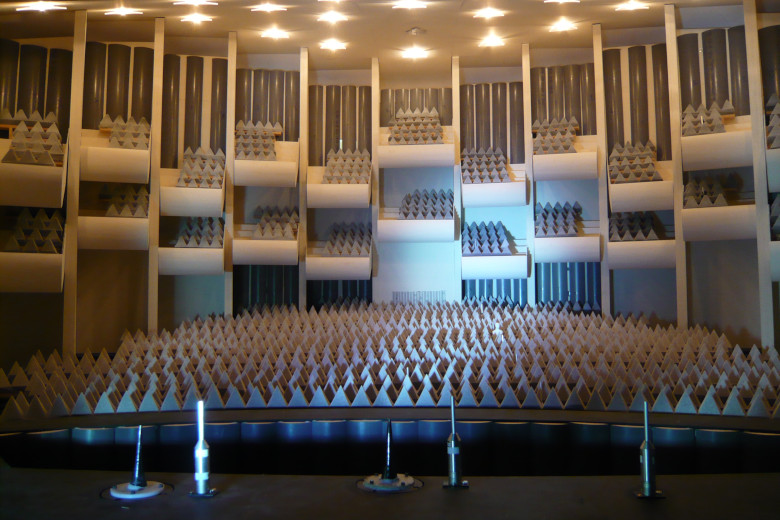
From Why Is This Interesting: "One night in January 1975, the jazz pianist Keith Jarrett showed up late for a sold-out solo show at the Köln Opera House in West Germany, only to discover that the stagehands had delivered him a busted piano. It was a Bösendorfer whose tones could not be played in the upper and lower octaves, and in the middle, the black keys clamped, the pedals did not work, and the strings were torn. Jarrett was a 29-year-old pro who made the last-minute decision to play this damaged instrument for 1,400 audience members, improvising an hour of the loveliest music I’ve ever heard. As he plays, Jarrett hums, wails, and stomps along with the notes. The visionary producer Manfred Eicher recorded the performance, and soon released it as the two-record Köln Concert set. The great music critic Ted Gioia said it eventually sold more than 3 million copies, and for a time ranked as the top-selling solo piano album in history.”
(Editor's note: If you like this newsletter, please share it with someone else. And if you really like it, perhaps you could subscribe, or contribute something via my Patreon. Thanks for being a reader!)
Lager is the world's most popular form of beer, but no one knows where it came from

From Good Beer Hunting: "Go almost anywhere in the world and ask someone to explain beer, and they’ll likely describe a pale lager—bright, bubbly, and refreshing. Arguably the greatest success of lager is that it became so knowable, and so trusted. Pretty much wherever you go, you can order a lager and know what you’re going to get, and how it will feel to drink it. And yet, for all of its familiarity, there is an enigma at the core of lager’s long story, one that has fascinated and frustrated me for years: We don’t know where lager yeast came from, or how it developed. No matter how much scientists and historians have searched—and they’ve literally hunted in forests, cellars, and old brewery buildings, and have run all the DNA testing that’s available to them—a void has existed at the heart of what is the world’s most popular and most consumed beer."
Zora Neale Hurston was a folklorist of the old South who gained fame only after she died

From Will Dowd: "According to Maryland law, "all colored youths between six and twenty years of age" were provided free admission to public schools. So Hurston simply decided she had been born in 1901 rather than 1891, a lie she maintained so diligently and for so long that even her headstone shaves away her first decade of life. By transforming herself into a secretly 26-year-old high school student, Hurston began her journey to becoming the first Black student to attend Barnard College. At Barnard, she studied anthropology, making trips to her native South to collect folktales, which the storytellers colloquially refered to as “lies.” During her expeditions, the pistol-carrying Hurston often slept in her car when she couldn’t find a hotel that accepted Black patrons. “Sometimes, I feel discriminated against,” she wrote, “but it does not make me angry. It merely astonishes me. How can any deny themselves the pleasure of my company?”
Oldest deep-sea shipwreck ever found is a time capsule from the Bronze Age
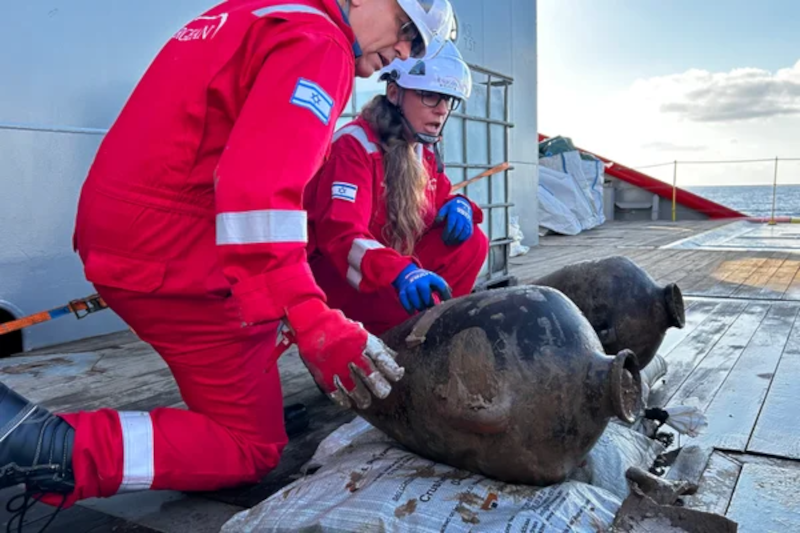
From Scientific American: "Golden sunlight fell on the two amphorae, still caked in brown ooze, as they breached the Mediterranean’s waves. Their ascent from the seafloor, more than a mile down and 60 miles from land, had taken three hours. It was the first daylight they had seen in at least 3,200 years, and they came from the only Bronze Age shipwreck discovered in deep waters. Archaeologists retrieved these Canaanite storage jars, just two from a cargo of dozens located far off northern Israel’s coast in May. “It’s the only ship from this period that was found in the deep sea,” one of the final frontiers of archaeology, says Jacob Sharvit, director of marine archaeology at the Israel Antiquities Authority. Only a handful of other Late Bronze Age ships have been discovered—all of them in shallow coastal waters of the Mediterranean Sea, including in the Aegean Sea."
He used his own money to open up a mobile shower for the homeless
There are angels who walk among us.
— Leah Goodridge (@leahfrombklyn) July 2, 2024
Nicky Crawford is one of them.
He’s retired. From Atlanta. And he just opened a mobile laundry bus for unhoused people.
“God has blessed me so much, I knew this is what I was supposed to be doing.” pic.twitter.com/3s1RqQJwQ6
Acknowledgements: I find a lot of these links myself, but I also get some from other newsletters that I rely on as "serendipity engines," such as The Morning News from Rosecrans Baldwin and Andrew Womack, Jodi Ettenberg's Curious About Everything, Dan Lewis's Now I Know, Robert Cottrell and Caroline Crampton's The Browser, Clive Thompson's Linkfest, Noah Brier and Colin Nagy's Why Is This Interesting, Maria Popova's The Marginalian, Sheehan Quirke AKA The Cultural Tutor, the Smithsonian magazine, and JSTOR Daily. If you come across something interesting that you think should be included here, please feel free to email me at mathew @ mathewingram dot com

